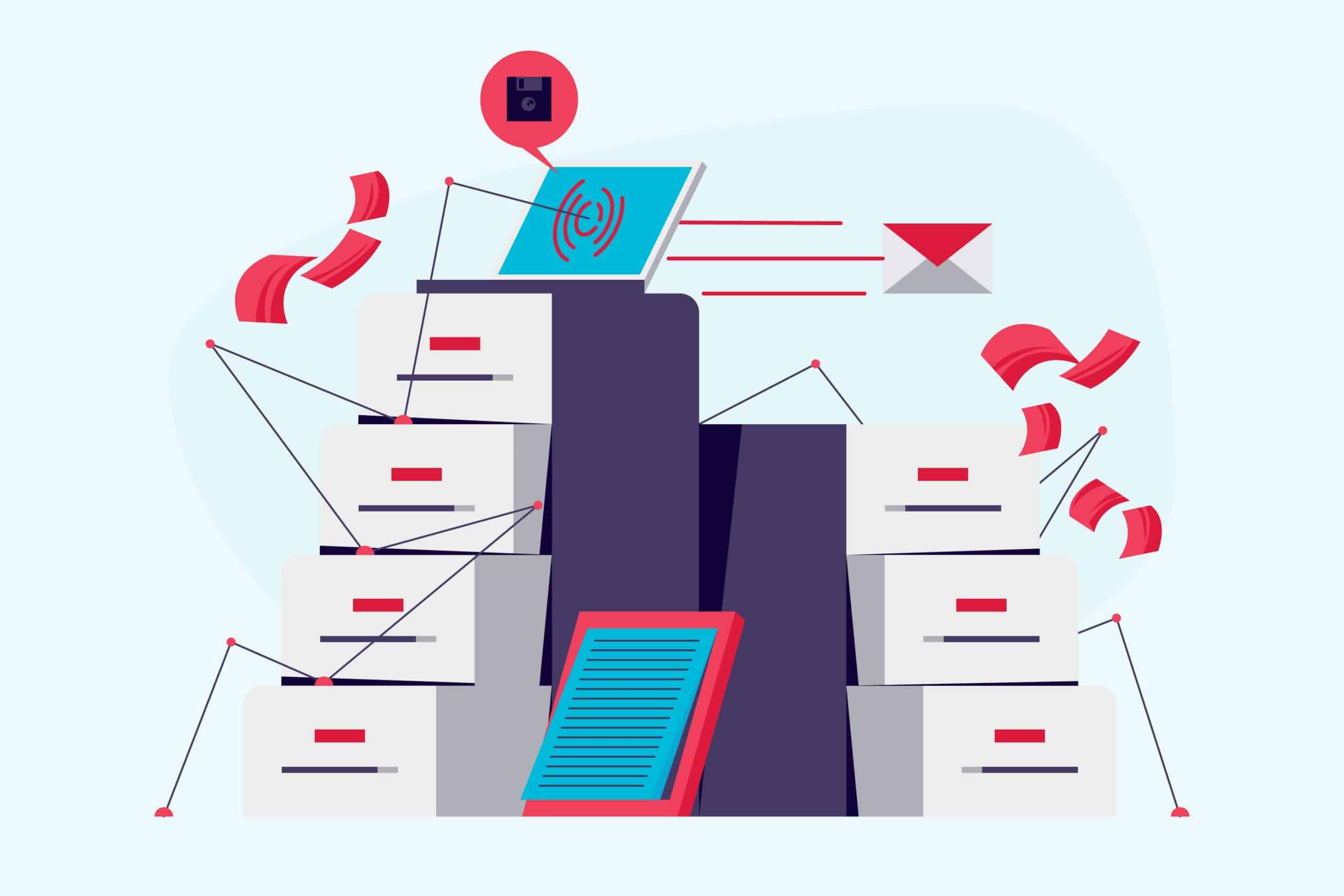The Wayback Machine is an online library that stores billions of web pages. It’s a valuable tool for historians, researchers, and anyone else who wants to learn more about the past of the internet. Web scraping is the use of tools to get information from websites. Web scraping the Wayback Machine can be useful for obtaining historical data from websites. But web scraping can also cause sites to get too busy and lead to IP blocking and blocklisting.
This post will discuss the best practices for web scraping the Wayback Machine and provide expert tips for avoiding IP blocking and blocklisting.
Understanding the Wayback Machine’s Terms of Use
The Internet Archive’s terms of use prohibit using the Wayback Machine for commercial purposes, including web scraping. They also want users to credit the Internet Archive for any material they get from the Wayback Machine and link to the source. If you don’t follow these rules, you might not be able to use the Wayback Machine anymore.
To avoid these problems, it’s essential to understand and follow the rules for web scraping set by the Internet Archive. These rules say that the number and frequency of requests to the Wayback Machine’s servers should be limited. Caching should be used to lighten the load on servers, and content covered by copyright or other laws should not be scraped.
By following these best practices, online scrapers can limit the damage they do to the Wayback Machine’s servers. This help make sure that everyone has access to this vital resource.
Choosing the Right Tools for Web Scraping the Wayback Machine
When web scraping the Wayback Machine, choosing the right tools can greatly affect how fast and well your process works. Here’s an outline of some of the tools you can use to scrape Wayback Machine:
Wayback Machine Downloader
This famous open-source tool lets you download whole websites from the Wayback Machine. It’s easy to use, and you can change it to fit your needs.
HTTrack
This is another popular tool for scraping websites, and it also works well with the Wayback Machine. It allows you to download websites to your local computer and browse them offline.
Beautiful Soup
This is a Python library that makes it easy to scrape data from websites. It’s handy for extracting specific data points, such as headlines or product prices.
Scrapy
This is another Python library that’s specifically designed for web scraping. It’s more complex than Beautiful Soup but also more powerful and flexible.
Criteria for selecting the right tool for your needs
When selecting a scraping tool, consider the following criteria:
- Your level of technical expertise – Some tools require more technical expertise than others. If you’re new to web scraping, start with a simpler tool and work your way up.
- The type of data you want to scrape – Different types of data are best scraped with different tools. Think about the specific pieces of data you want to pull out and choose a tool made for that task.
- Your budget – Some scraping tools are free, while others require a subscription or one-time payment. Consider your budget when selecting a tool.
You should also consider how scalable, easy to use, flexible, customizable, and fast the scraper is. Considering these things, you can choose the right web scraping tool for your needs and ensure a successful scraping process.
Developing a Strategy for Web Scraping the Wayback Machine Safely
For online scraping the Wayback Machine to work, you must develop a safe and effective plan. By doing this, you can reduce the chance of getting blocked or banned from the platform and make sure you can keep getting to the essential historical data it has. Here are a few critical things to think about:
Setting scraping limits
You should know how much information you’re getting from the Wayback Machine. If you send too many calls to the servers, you could cause rate limiting or IP blocking. To prevent this, set reasonable scraping limits in line with the terms of service for the Internet Archive.
Using proper caching techniques
Caching can make it easier on the Wayback Machine computers. It lets you store data locally instead of asking for the same information over and over again. Using the proper caching methods can help you scrape faster and reduce the chance of being blocked or banned.
Using Proxies for Web Scraping The Wayback Machine Safely
Web scraping can be a valuable tool for gathering data, but it can also lead to IP blocking and blocklisting by the website being scraped. One way to prevent this is by using proxies.
Proxies act as intermediaries between your computer and the website you’re scraping. By using a proxy, the website only sees the IP address of the proxy server rather than your IP address. This makes it more difficult for the website to identify and block your requests.
There are several types of proxies available, including:
Datacenter proxies
These are the most common type of proxies and are typically the cheapest. Instead, they are not associated with an internet service provider (ISP) and are hosted on data center servers.
Residential proxies
These proxies use IP addresses that are associated with physical residential locations. They are more expensive than data center proxies but are less likely to be detected and blocked by websites.
Mobile proxies
These proxies use mobile internet connections and IP addresses from mobile devices. They cost more than data centers and residential proxies. However, they give the most natural browsing experience and are less likely to be found by websites.
When selecting a proxy, it’s essential to consider where the proxy server is, what kind of proxy it is, and how anonymous it is. You should also think about how trustworthy and well-known the proxy service is.
After choosing a proxy, you must set it up in your web scraping tool. This typically includes entering the proxy IP address and port number into the tool’s settings.
When using proxies to scrape websites, it’s essential to do so responsibly and only send a few requests simultaneously. Even with a proxy, this can lead to being found out and blocked. To avoid being caught, switching your proxies from time to time is also a good idea.
Conclusion
Web scraping is a way to get historical information from websites, and the Wayback Machine can be a valuable tool for this. But it’s essential to use it smartly if you don’t want the Internet Archive to stop or ban you. To do this, following the Internet Archive’s rules for web scraping and terms of service is necessary. This means limiting the number and frequency of requests to the Wayback Machine’s servers, using caching to reduce server load, and not scraping material protected by copyright or other laws.
Choosing the right scraping tool is also important, considering your technical skills, the type of data you want to scrape, and your money. For web scraping to work safely and well with the Wayback Machine, you need to set limits, use the right caching methods, and think about using proxies.
By following these best practices and tips, web scrapers can have less effect on the Wayback Machine’s servers and help ensure everyone can still use this useful resource.



